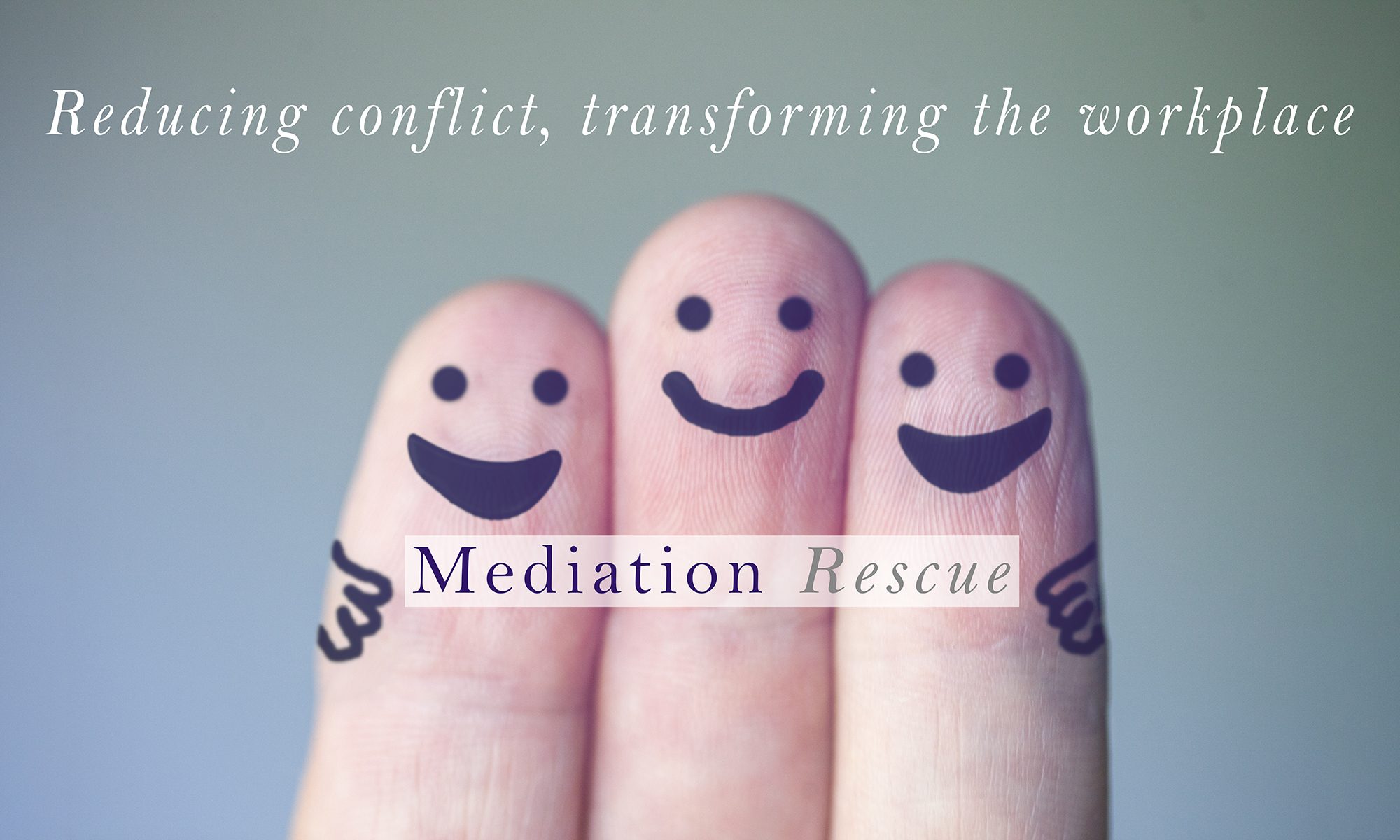A Few Key Pointers
The cost of workplace conflict is eye-wateringly high. Many of the costs are also hidden or difficult to calculate because of the unpredictable or unknown impacts that conflict can have on almost every aspect of a business – see The Unassailable Business Case. There are obvious costs such as legal bills for advice and representation, but in addition, there is a whole array of other costs, some of which can be calculated and others that can only be guessed at. These ‘hidden’ costs include (but are certainly not limited to) the following:
- HR and management time spent on informal and formal processes such as investigations, grievances, disciplinaries, capability, sickness absence etc. Some of these procedures may also entail appeals or may lead to litigation which will absorb even more management time. Research both in the UK and the US shows that anything from 25-40% of all management time is spent dealing with conflict in some form.
- The cost of covering the work of staff who are suspended or off sick while processes are undertaken.
- Loss of efficiency/productivity caused by absence or by decreased morale. This may affect individuals who are not directly part of the conflict.
- Increased staff turnover with attendant recruitment and training costs. It is often said that people leave their managers not their jobs. Grappling with conflict can have a big impact on staff retention.
- Damage to relationships with suppliers or customers as a direct or indirect result of not managing the workplace conflict well.
A structured approach to managing and reducing these costs is possible and can produce measurable results – an important factor when attempting to introduce any kind of change. The following suggested steps will provide a framework for producing a significant cultural change within the business which will reduce the level of conflict and substantially reduce its cost:
- Undertake a detailed conflict audit to obtain a better understanding of the true cost of conflict to the organisation. This will help to establish the business case for change and will also provide a basis for measuring the impact of the change. You can request a free basic template for a conflict audit or request help with designing your own bespoke audit by emailing us info@mediationrescue.co.uk
- Devise a cultural vision for the business that embraces the idea of 360o awareness of impending conflict. This entails creating a culture where everyone in the business feels empowered and confident in raising and addressing issues before they become problems.
- Design processes and procedures that embrace that cultural vision and allow for ‘difficult conversations’ to be had and for early and informal resolution of conflict without the need for fact-finding or imposition of fault or blame. Such processes will include designing forums for discussion or channels for communication that emphasise a collaborative approach to problem-solving. These can also have a multitude of other benefits such as increasing the flow of ideas, leading to innovation and greater agility, flexibility and resilience for the business as a whole.
- Train managers and staff in the operation of these processes to provide an appreciation of the cultural vision and to equip them with the tools to identify and deal with issues or impending conflict before it becomes a problem. This may include training staff to be in-house mediators or at least facilitators of ‘difficult conversations’.
- Assemble a panel of independent external mediators for occasions when their expertise may be necessary to supplement or complement the internal processes.
- Monitor and audit the processes to assess and report on the impact of the changes.

